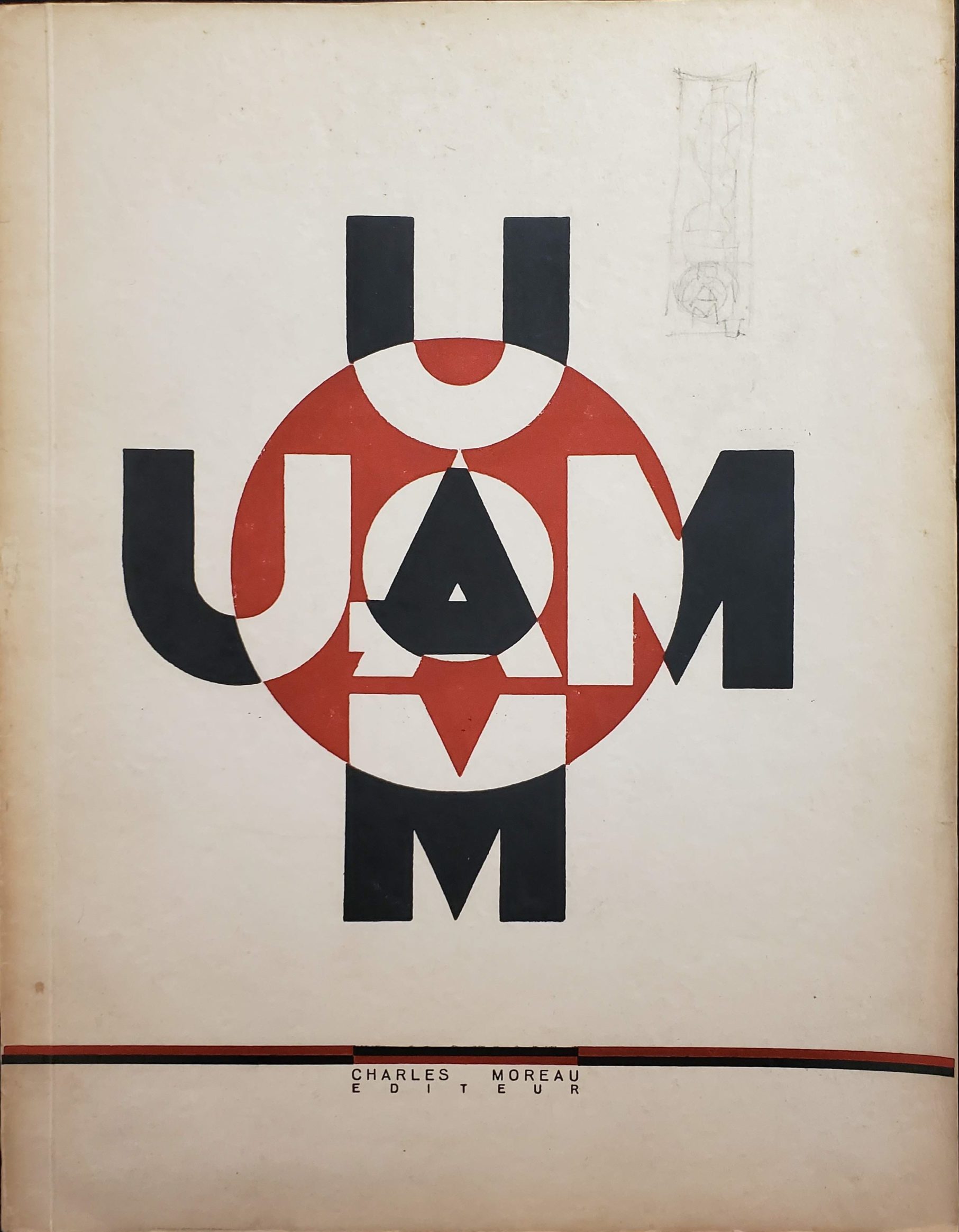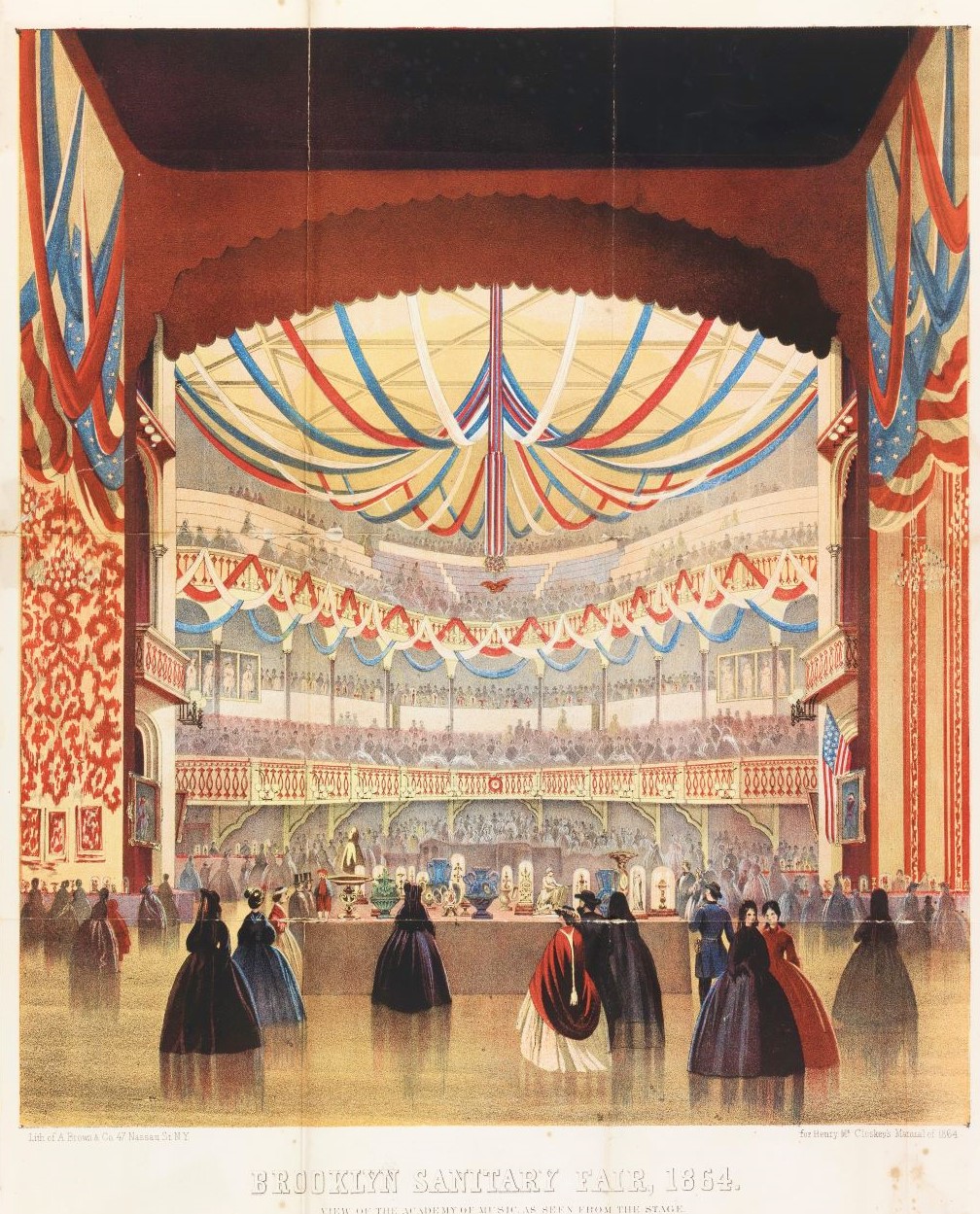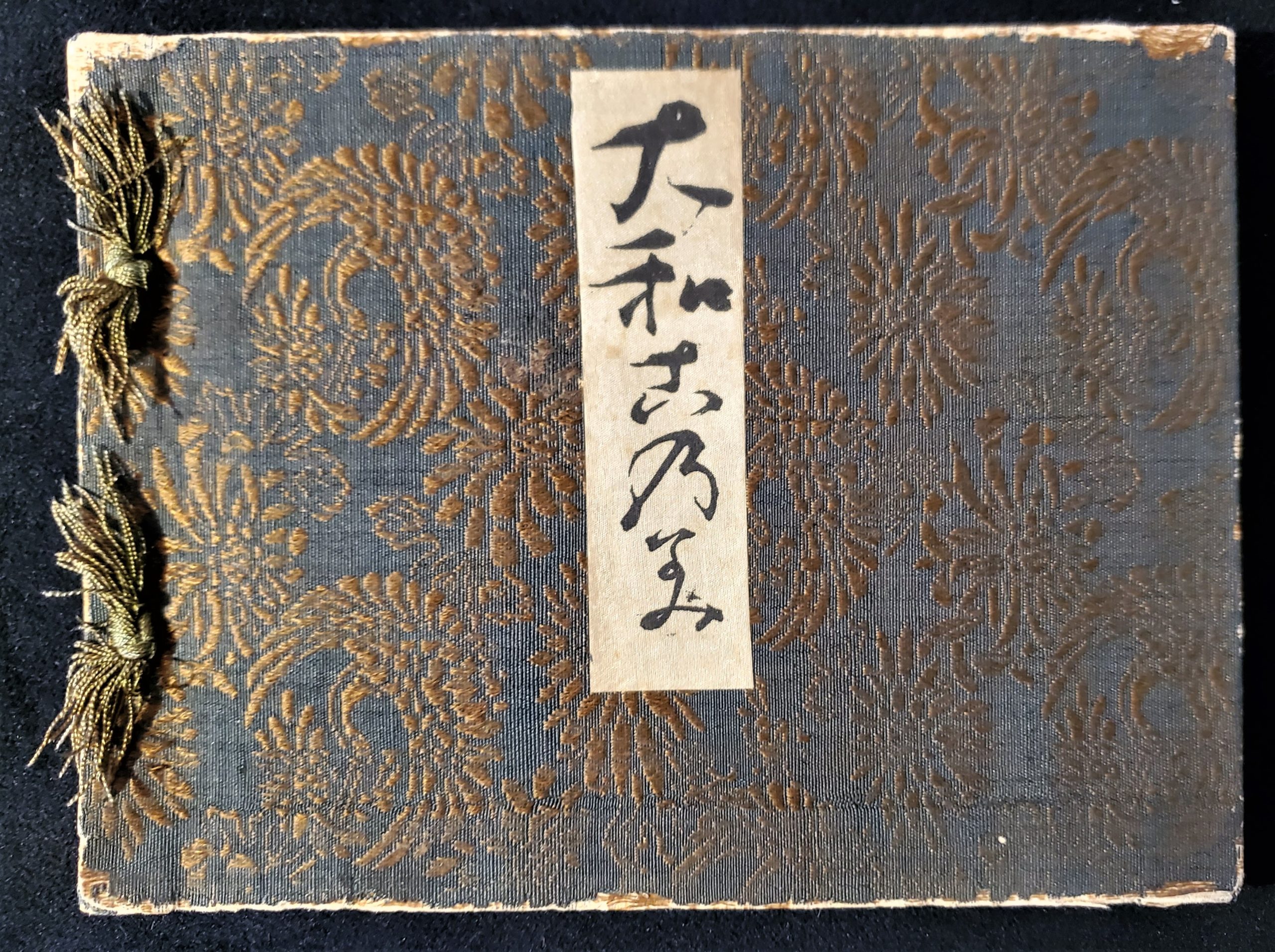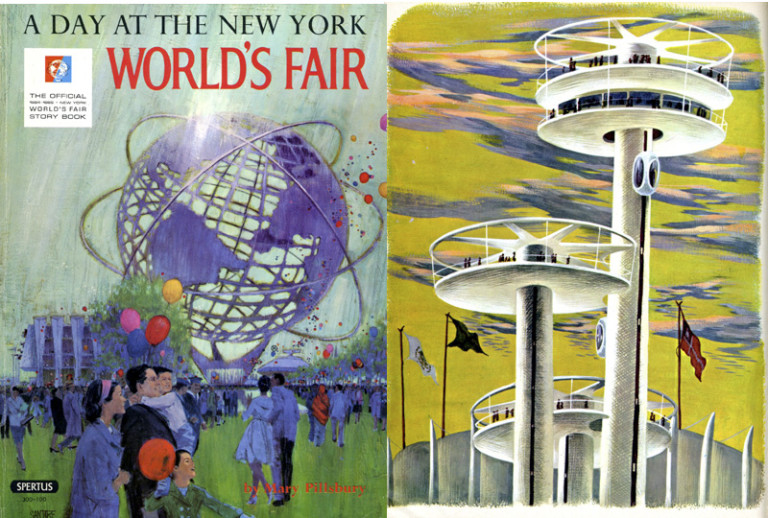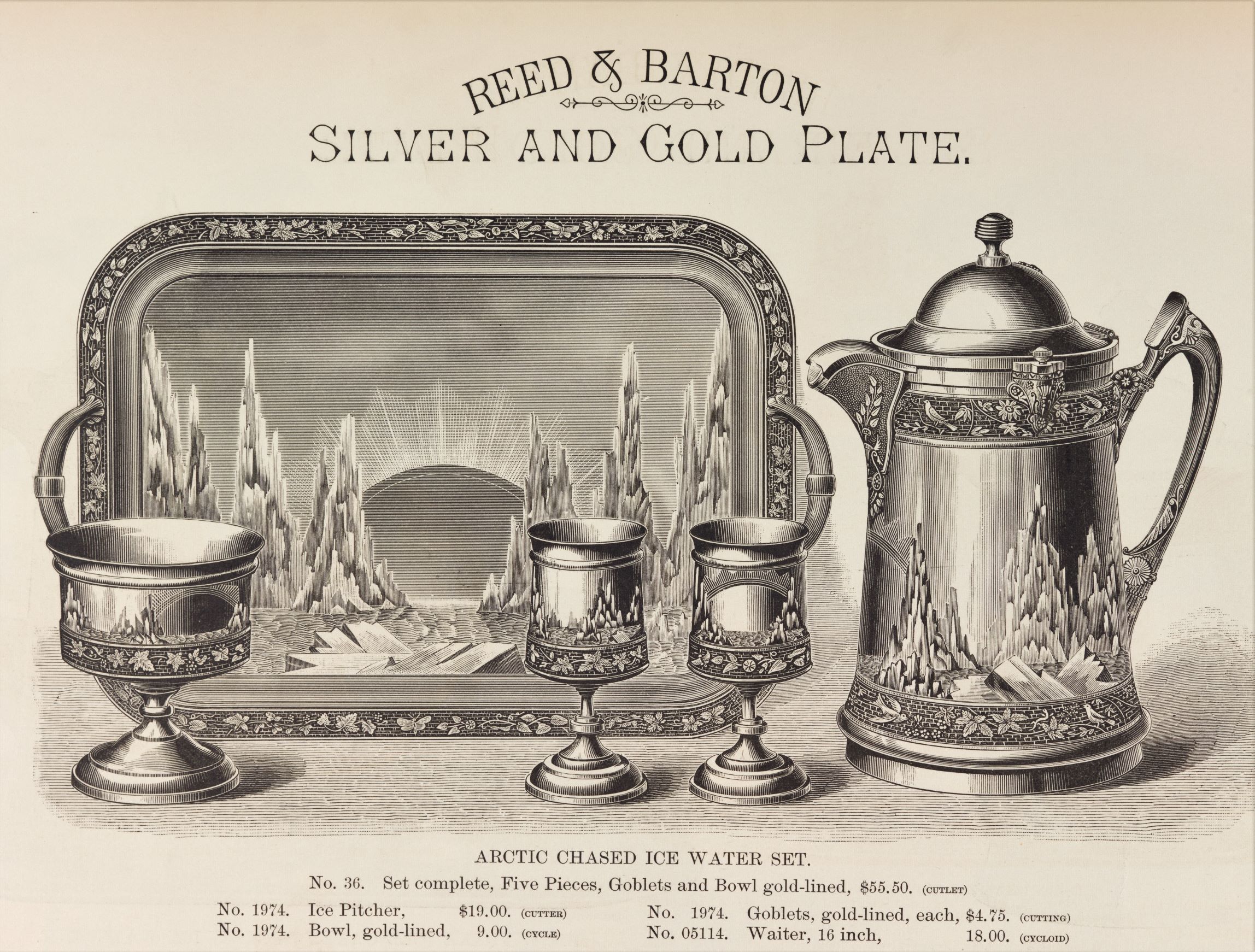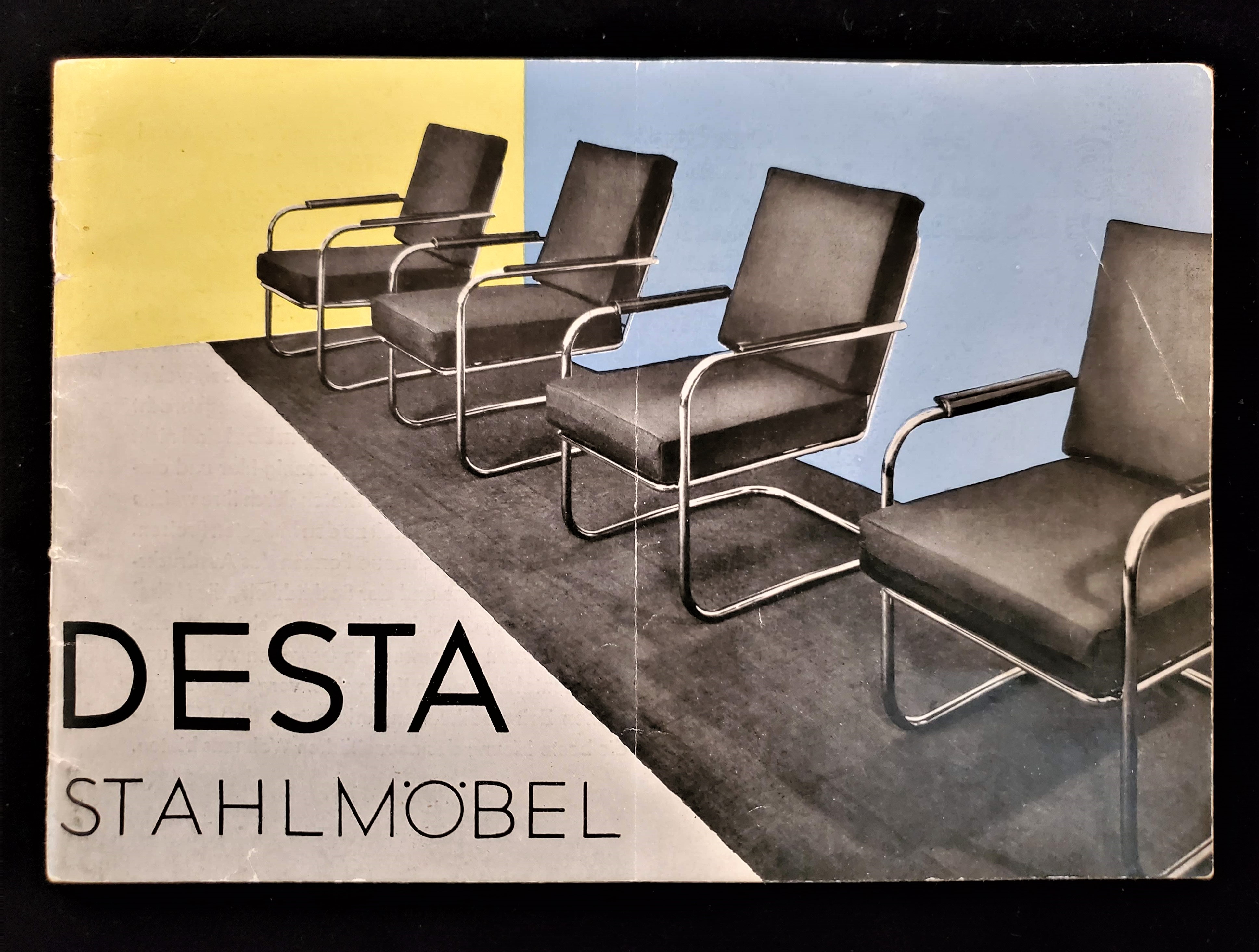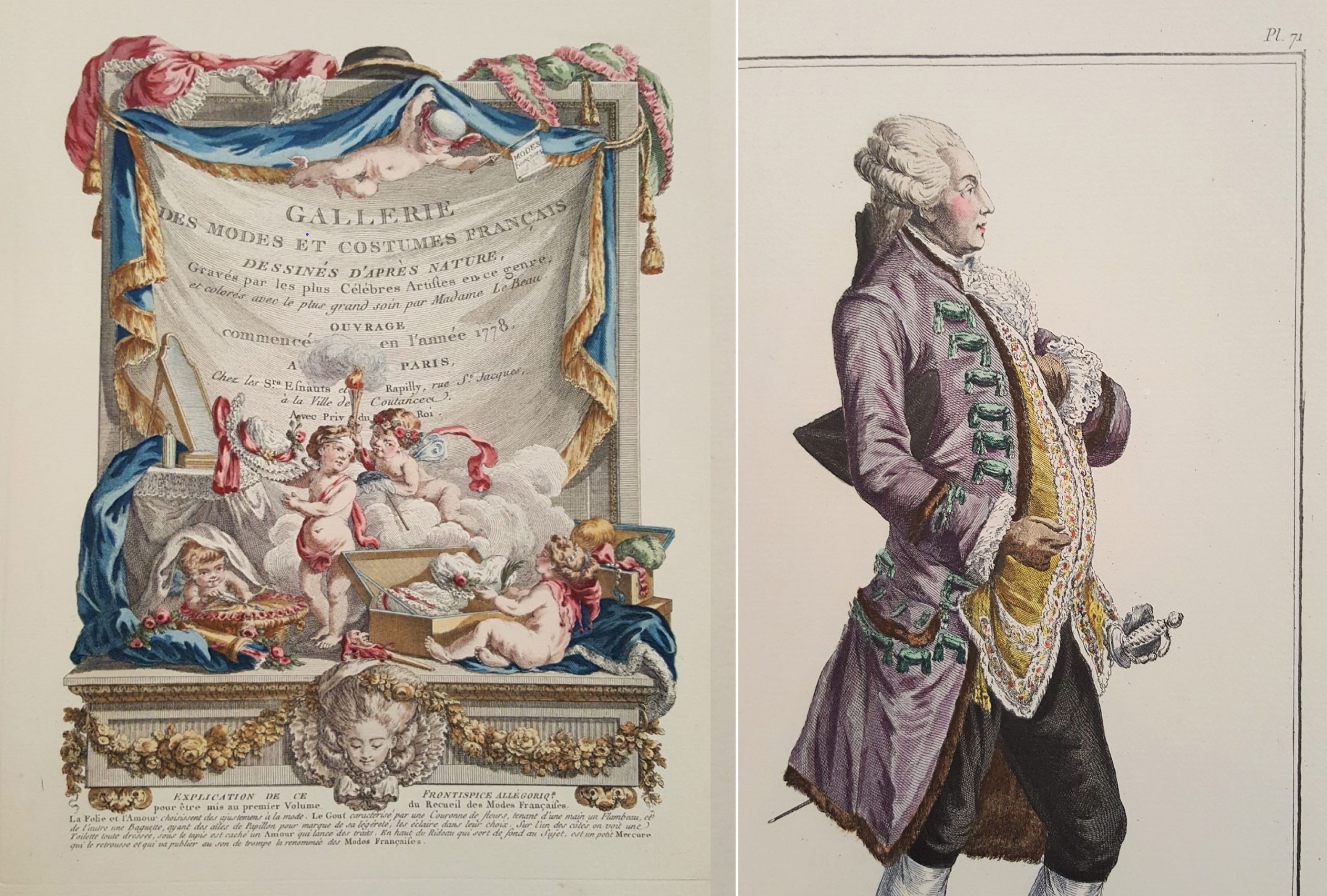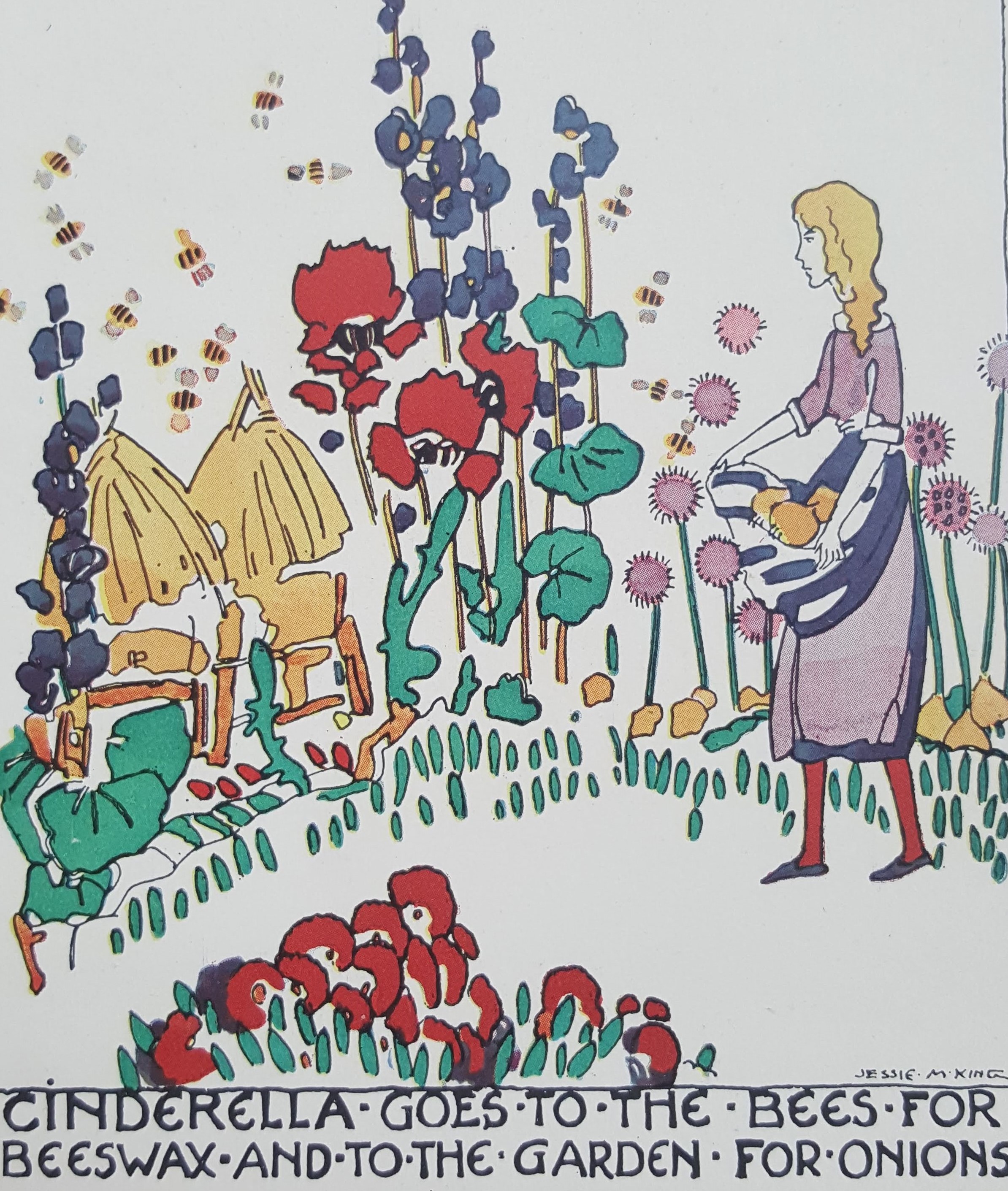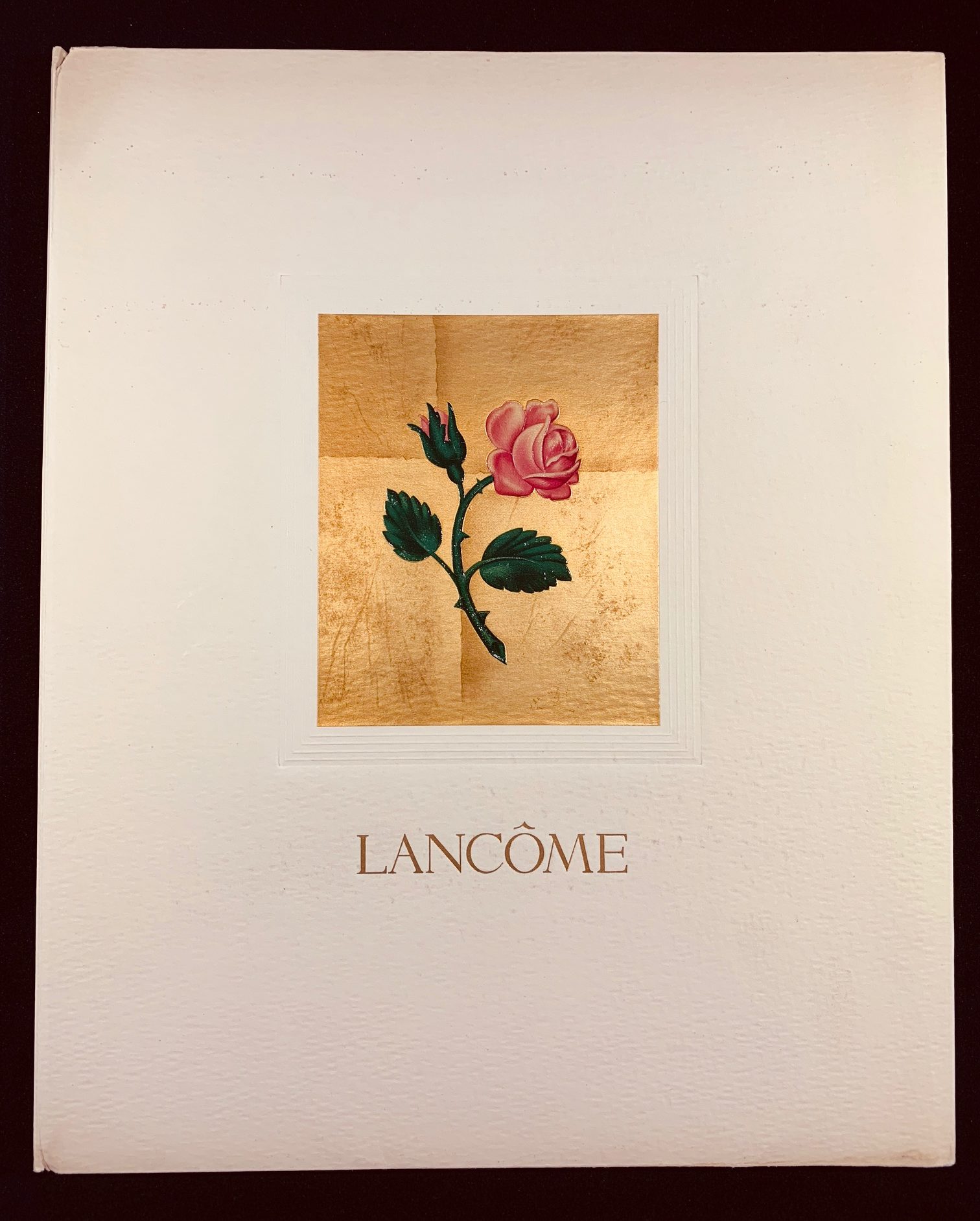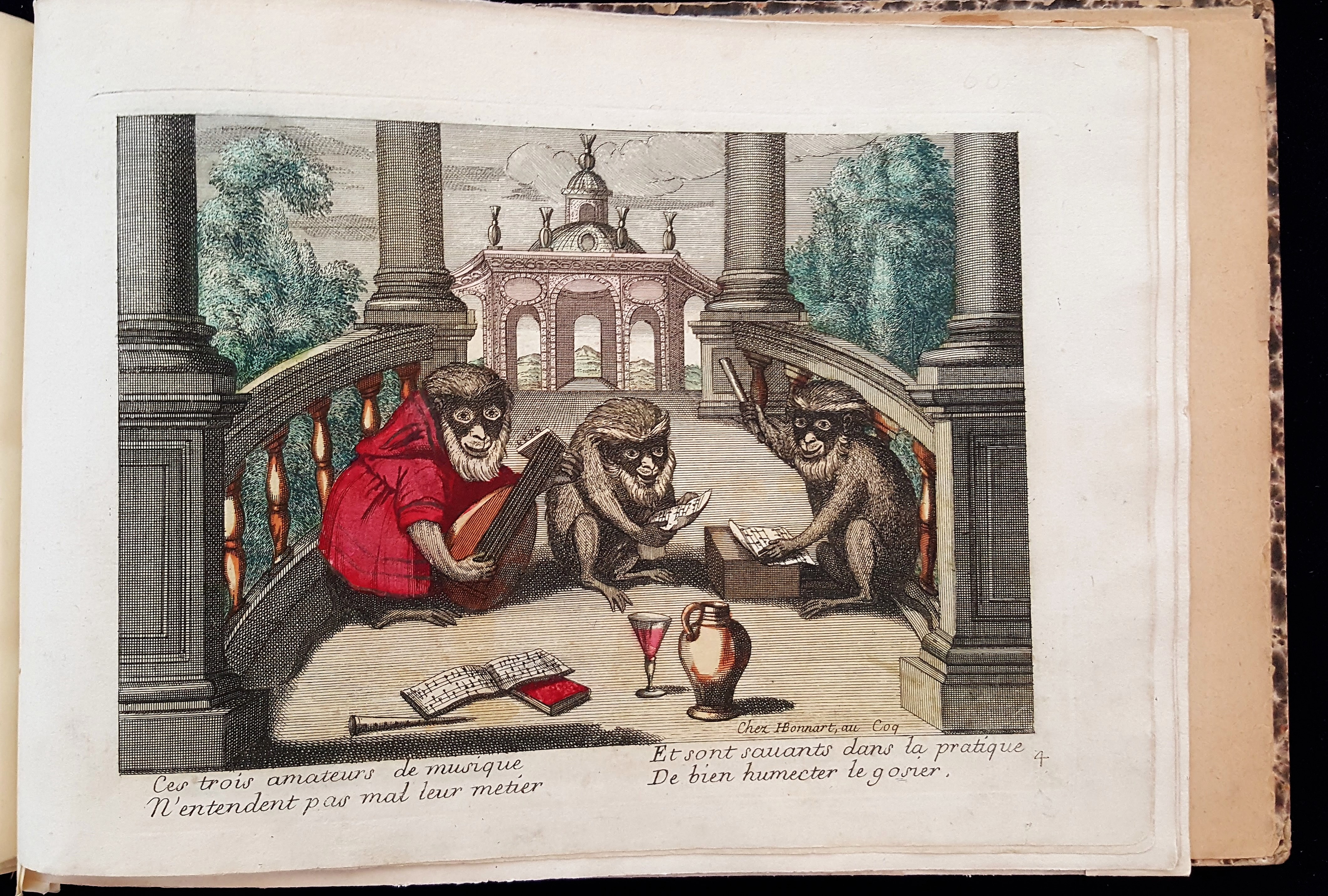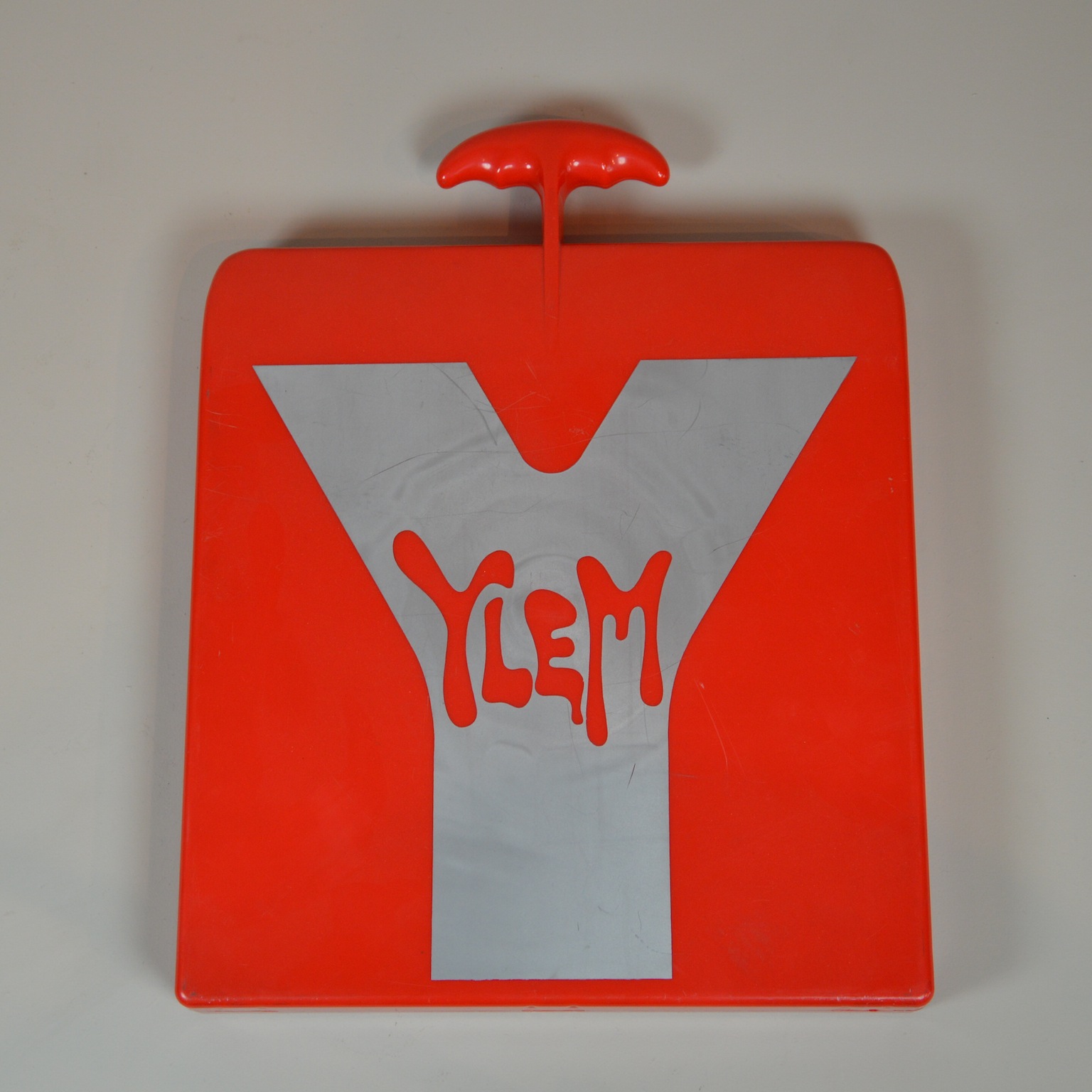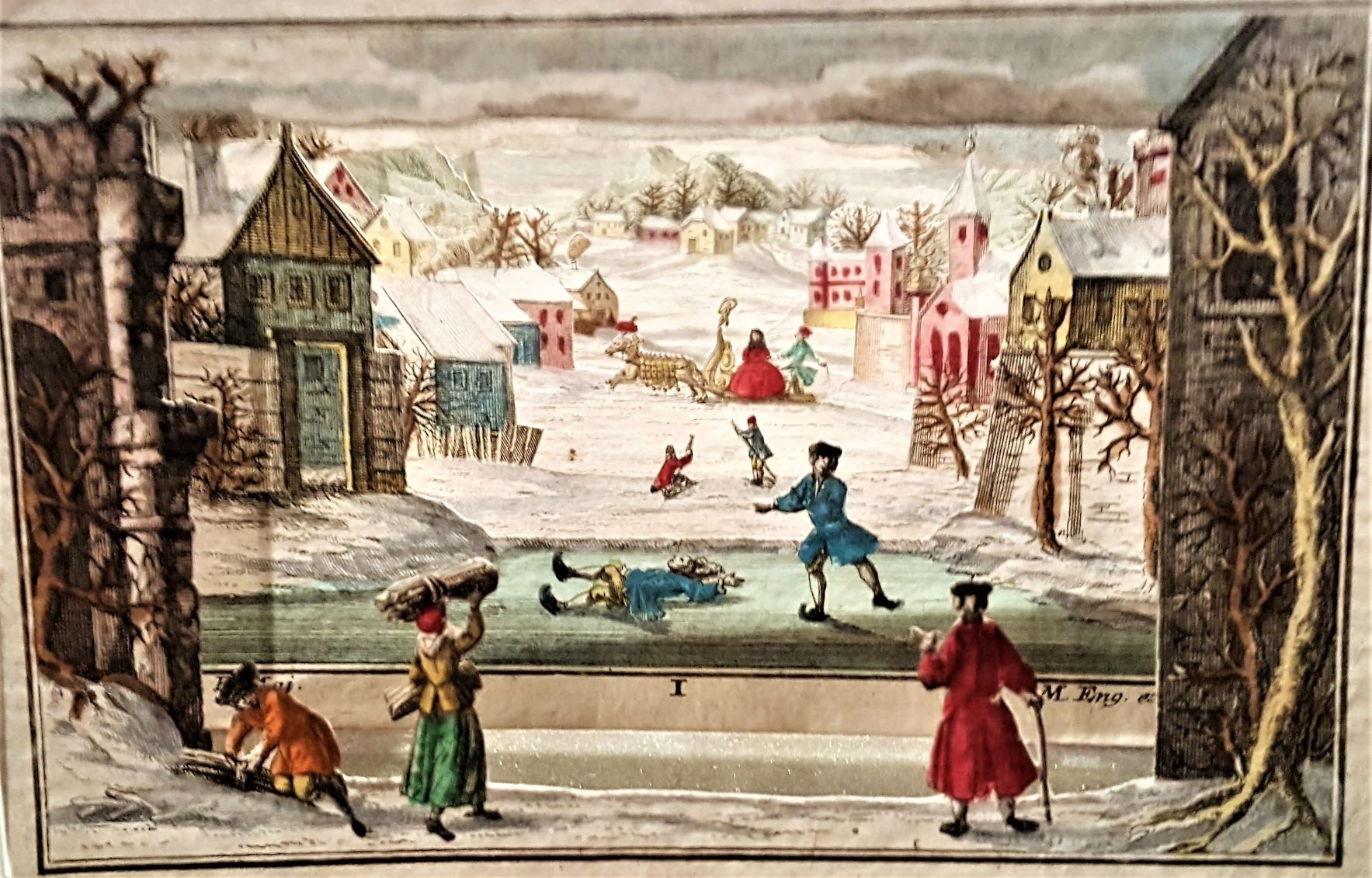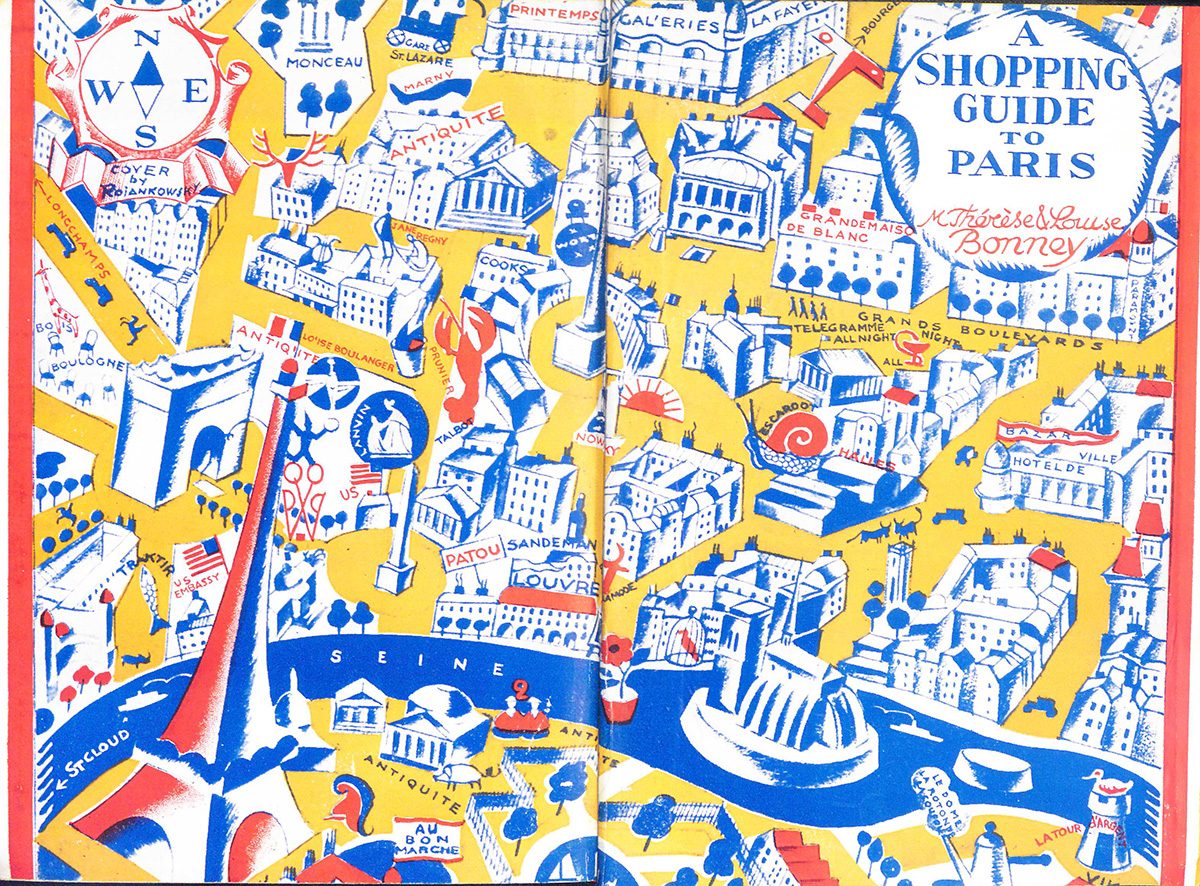The UAM Catalogue is one of many period resources in the Cooper Hewitt, Smithsonian Design Library that chronicle French Art Deco and the shift into modernism in the twentieth century. The UAM (Union des Artistes Modernes) was founded in May, 1929, by a group of French designers, decorators, and architects, led by Robert Mallet-Stevens, who were...
Throughout March, Object of the Week celebrates Women’s History Month. Each Monday a new post highlights women designers in the collection. Author: Adrienne Meyer This lithograph is one of four in the Cooper Hewitt Design Library depicting scenes from the Brooklyn and Long Island Sanitary Fair of 1864. These images capture some of the spectacle...
This 1905 furniture trade catalog in the Cooper Hewitt Design Library is from the renowned Japanese art and antiques firm of Yamanaka & Co. Covered in silk brocade and bound with silk threads according to the ancient Japanese bookbinding technique of Yotsume Toji or stab-binding, it contains 36 photographic plates of elaborately carved, gilded,...
This post was originally published on April 22, 2014. The Cooper-Hewitt Library has a large collection of over 2,000 World’s fair catalogues and books. Some are children’s souvenirs and stories. A day at the New York World’s Fair with Peter and Wendy brings back memories of certain things I remember from visiting the world’s fair.....
Does the frozen scenery on this Reed & Barton beverage set make you feel like the ice water is really icy? More refreshing? Are you transported to frostier climes in faraway places? Icebergs “startle, frighten, awe; they astonish, excite, amuse, delight and fascinate”[1]. Depending on where you live, icebergs and polar bears can be as...
The Bauhaus, a school of design and architecture founded in Weimar, Germany, in 1919 by Architect Walter Gropius, had the goal of developing unity of the arts through craftsmanship taught in specialized workshops by key theorists and practitioners, among them Johannes Itten, Marcel Breuer, Lázló Mology-Nagy, Mies van der Rohe, Oskar Schlemmer, Josef Albers, and...
Marie Antoinette and her entourage of costumers were obsessed with discovering the latest fashion trends in clothing, accessories and hairstyles. Despite the predominance and popularity of French fashion trends in the eighteenth century, the scarcity of printed fashion news and illustrations led to the publications of the first fashion plates in early British magazines for...
At the Cooper Hewitt Museum the study and teaching of design includes learning about the materials and techniques used in designing objects, textiles, and works on paper. The Cooper Hewitt Museum Library collection supports research into the study of design with books that demonstrate and document techniques and materials, the “how to” and “with what”...
In 1935, visionary fragrance pioneers Armand Petitjean and Guillaume d’Ornano opened a luxury boutique, selling a small selection of perfumes and beauty products, manufactured just outside of Paris. This French perfume company was called Lancôme, its name inspired by the ruins of the castle Le Château de Lancosme near the region of La Brenne in the...
Monkeys have been a symbol in world cultures for thousands of years, representing qualities ranging from fertility, to evil, lust and wisdom. The negative image that the monkey had in Western culture gradually changed in the 17th century when monkeys were used as symbols to satirize human behavior in Flemish genre painting. This visual art...
Author: Evelyn Meynard Published in 1971, Ylem is a manifesto that contains a collection of designs and texts by the German industrial designer Luigi Colani, held in the Cooper Hewitt National Design Library .
Unlike the vast number of entertainment options available to the 21st-century consumer, those in the early 18th century looked to paper peep-shows for leisure entertainment. A peep-show can also be thought of as a set for a miniature theatre; a series of backdrops. German artist and publisher Martin Engelbrecht (1684-1756) is credited with the creation...
In 1877, commercial designer and architect Edward William Godwin collaborated with furniture manufacturer William Watt to produce this trade catalogue held in the Cooper Hewitt Library. Godwin was considered the most innovative designer of the Aesthetic Movement. A brief but pivotal moment in the history of the decorative arts, Aestheticism strove to bring art into...
In last month’s Short Story, Josephine Rodgers introduced us to the pastel masterpieces of Carroll Beckwith, as well as his friendship with the Hewitt sisters, through a drawing of a mysterious young woman. This month, Nilda Lopez, Library Technician at Cooper Hewitt, Smithsonian Design Library, illustrates another Hewitt friend, Elizabeth d’Hauteville Kean, through her donations...
“There is much more to shopping in the French capital than merely walking in in American fashion and making a purchase. Shopping in Paris is an art and must be approached with a certain finesse.”
